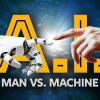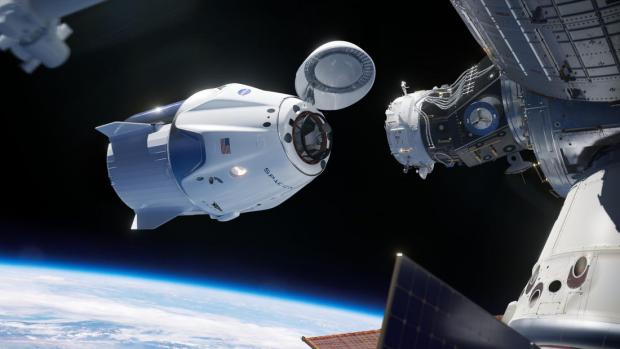
Breaking News
 Elon Tells Rogan the Real Reason Democrats are Prolonging the Government Shutdown [WATCH]
Elon Tells Rogan the Real Reason Democrats are Prolonging the Government Shutdown [WATCH]
 Newsom: Trump Is Trying to Rig the Election -- He Knows GOP Will Lose
Newsom: Trump Is Trying to Rig the Election -- He Knows GOP Will Lose
 There is zero justification for the Department of Justice's silence while the most serious...
There is zero justification for the Department of Justice's silence while the most serious...
 Gabbard Says Trump Has Ended America's Era Of 'Regime Change'
Gabbard Says Trump Has Ended America's Era Of 'Regime Change'
Top Tech News
 Graphene Dream Becomes a Reality as Miracle Material Enters Production for Better Chips, Batteries
Graphene Dream Becomes a Reality as Miracle Material Enters Production for Better Chips, Batteries
 Virtual Fencing May Allow Thousands More Cattle to Be Ranched on Land Rather Than in Barns
Virtual Fencing May Allow Thousands More Cattle to Be Ranched on Land Rather Than in Barns
 Prominent Personalities Sign Letter Seeking Ban On 'Development Of Superintelligence'
Prominent Personalities Sign Letter Seeking Ban On 'Development Of Superintelligence'
 Why 'Mirror Life' Is Causing Some Genetic Scientists To Freak Out
Why 'Mirror Life' Is Causing Some Genetic Scientists To Freak Out
 Retina e-paper promises screens 'visually indistinguishable from reality'
Retina e-paper promises screens 'visually indistinguishable from reality'
 Scientists baffled as interstellar visitor appears to reverse thrust before vanishing behind the sun
Scientists baffled as interstellar visitor appears to reverse thrust before vanishing behind the sun
 Future of Satellite of Direct to Cellphone
Future of Satellite of Direct to Cellphone
 Amazon goes nuclear with new modular reactor plant
Amazon goes nuclear with new modular reactor plant
 China Is Making 800-Mile EV Batteries. Here's Why America Can't Have Them
China Is Making 800-Mile EV Batteries. Here's Why America Can't Have Them
About halfway through their historic mission, a pair of NASA astronauts are...

They've been up there about a month now, floating around on the International Space Station, keeping tabs on their ride home.
One, NASA astronaut Bob Behnken, has taken a pair of spacewalks. The other, Doug Hurley, has turned his Twitter feed into a startling exhibition of Earth art photography.
Both have been monitoring the health of the Dragon spacecraft that ferried them to the station, and will, in a few weeks, carry them home in a perilous second leg of their historic test mission.
On May 30, the pair became the first NASA astronauts to launch on a commercial rocket to the station, hitching a ride on vehicles manufactured by Elon Musk's SpaceX, not NASA.
A day after lifting off from the Kennedy Space Center, their Dragon spacecraft, which they named Endeavor, docked with the station autonomously, and the duo were greeted on the station by fellow NASA astronaut Chris Cassidy, as well as Russian cosmonauts Anatoly Ivanishin and Ivan Vagner.
The journey marked the end of a long fallow period of launches for NASA, which had not flown humans from United States soil since 2011, when the Space Shuttle was retired.
"Certainly, the highlight for both Doug and I was the initial arrival at space station, coming through the hatch again and being on board after several years of working on a new spacecraft," Behnken said in an interview from the station this week.
Since then, he has performed two spacewalks with Cassidy, successfully replacing batteries on the outside of the station. During the spacewalk, they were able to see the Dragon spacecraft docked to the station, and Cassidy turned and took a photo.

 China Innovates: Transforming Sand into Paper
China Innovates: Transforming Sand into Paper

